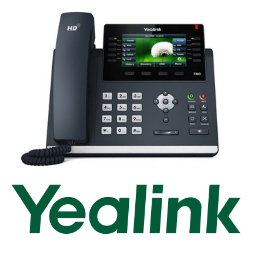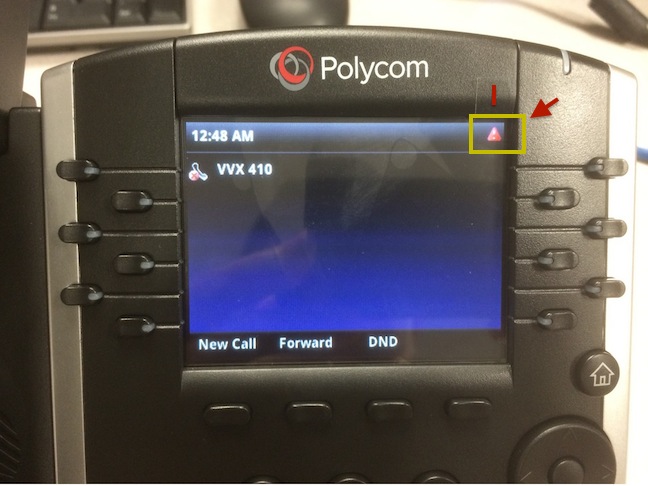

#ONSIP PHONES BLUETOOTH#
This device has a USB port and Bluetooth ability but in contrast its sister the 1120SA does not have these functioning USB or Bluetooth for security reasons. This phone is a four-line phone with gigabit Ethernet ports, and a 240 x 160 pixel display.

This phone has a two-port 10/100 Ethernet switch.

The 1110 supports a single telephone line and is used for lobby and conference center locations, with a fully backlit monochrome display of 143 x 32 pixels. Other users in the global corporation can dial the user's extension and the phone will ring. This means that it is very easy to send the phone to a remote worker location with a typical cable modem or DSL Internet connection and the phone will use the VPN capability to securely establish an IP tunnel back to the corporate network and extend a standard voice telephone extension to any location on the Internet. In 2010 a VPN client was added to the firmware as of release 0623C7F. This meant that the phone could now be used with a wide variety of PBX systems including those produced by Nortel, Avaya, and even open-source PBX systems such as Asterisk (PBX).
#ONSIP PHONES UPGRADE#
In 2009 a firmware upgrade was made available to allow the phone to function on the SIP protocol. As such it began as a UNIStim-only phone, which meant that the phone was primarily supported with only Nortel manufactured voice PBX systems.
#ONSIP PHONES SERIES#
The 1100 series of phones was originally manufactured in 2008 as an evolution of the IP Phone 2004 series of phones from Nortel. The SIP Firmware supports presence selection and notification along with secure instant messaging. You will see a green "online" notation next to each user with a registered phone.The 1100-series IP phones are 6 different desktop IP clients manufactured by Avaya for Unified communications which can operate on the SIP or UNIStim protocols. In the User portal, click on the "Users" tab. Confirm that your SIP phone is registered More recommendations about outbound proxy. However, in many cases this setting is not in the same configuration section as the user settings. Your device provides support for using an "outbound proxy" and it should be set. We need the phone to report its internal IP address to OnSIP, and we will capture the external IP address from the actual packet headers. If you have an option to "Use Internal IP Address" or something to that effect, do it. It is important that all NAT settings are turned off. A username is a non-numeric address and must begin with a letter and may contain only letters, numbers, periods, underscores, and dashes or a combination thereof.ĭomain - a domain must contain no more than 60 characters and must be a standard domain lowercase letters, numbers, and dashes. In the OnSIP Hosted PBX administrative interface, you will find the SIP settings in the "Phone Configuration" box under each user.
#ONSIP PHONES PASSWORD#
"SIP Password" may be called => auth password or just password.Those fields are:Įach SIP device may call these fields something different. Gather information for each userįor most SIP devices, there are only five fields which must be entered in order for the SIP device to register with OnSIP. These instructions are for generic SIP phones and phones that have not been through our lab yet. Any SIP phone that has achieved OnSIP certification has also received a knowledge base article for phone configuration with the OnSIP Hosted PBX.


 0 kommentar(er)
0 kommentar(er)
